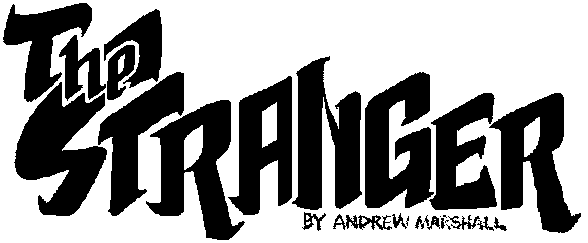
This historical context in which this photo was taken helps reveal more about the time period in which these people are living and how this time period reflects on the people within the image. This context also adds to the rhetorical devices that were implemented in the taking of this photo.
In respects to the rhetorical aspects of the photo, I have also gained a better understanding about the decisions of the photographer when taking it and the pathos engaged as well. The society in which the photographer and the subjects were living is very similar to the one to the one we are currently experiencing– the Iraq War was in a very similar state as it is today with a lot of progression towards Iraqi political freedom, Olympic enthusiasm, and (but not limited to) political issues with same sex marriage licenses. (2004) The vector of attention with the subjects engaging the audience through eye contact is a common vector within modern society. The ethos of the photo also makes sense in the context of modern society. These people as evidenced before are great examples of the 2004 middle-class American, much like those many Americans live next door to and see in the grocery store aisles. This appeals to the ethos of the photo, the photographer using the photo to represent average American “strangers”. The pathos of the photo is also easier to understand with a historical context as well. The subjects are Chicago Cubs fans as evidenced by the logo on the woman’s t-shirt. There was a game at Wrigley Field against the Pirates on the day the photo was taken and the Cubs won the game six to one. (Baseball-Reference.com) The happy and relaxed expression on the people’s faces could be due to the win that was immanent for their home team.
After research on the time in which the photo was taken has given me significant insight into the lives of the “strangers” within the photo. This allows the purpose of the photo to become even clearer from these observations. The rhetorical techniques used in the photo are also made clearer by this modern historical context.
Works Cited
Baseball-Reference.com. Sports Reference LLC, 2009. Web. 17 Feb. 2010.
Holgate, Mark. “U.S. Male, Delivered.” New York Shopping. New York Media, 2004. Web. 17 Feb. 2010.
Nellis, Cynthia. “All About Spring 2004.” About.com. The New York Times Company, 2010. Web. 17 Feb. 2010.
Redmann, Alex. “MVP Baseball 2004.” Game Vortex. Game Vortex, n.d. Web. 17 Feb. 2010.
“Sudsy brouhaha to court: Miller sues Bud Light.” CNN 28 May 2004: n. pag. CNN.com. Web. 17 Feb. 2010.
“2004.” Wikipedia. Wikipedia Foundation, 5 Feb. 2010. Web. 17 Feb. 2010.
